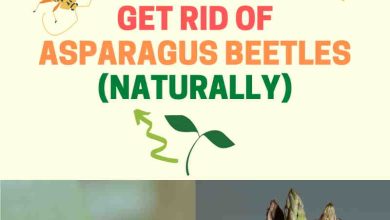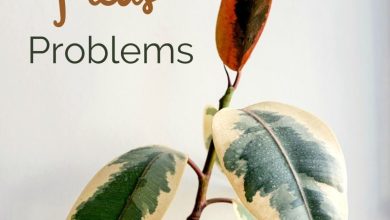Celandine: [Cultivation, Irrigation, Care, Pests and Diseases]
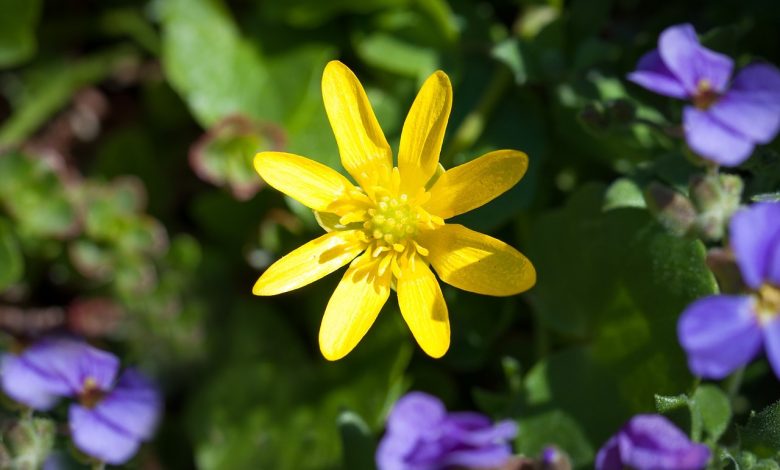
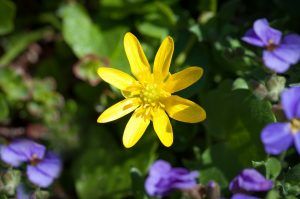 The Chelidonium majus is a plant native to Europe and the Mediterranean basin. Its scientific name means «little swallow» probably because its flowering coincides with the arrival of these birds.
The Chelidonium majus is a plant native to Europe and the Mediterranean basin. Its scientific name means «little swallow» probably because its flowering coincides with the arrival of these birds.
However, this plant is not as sweet as its name as it has been considered one of the most poisonous plants in the world.
The entire plant is toxic and, if ingested, can cause narcosis, paralysis, bradycardia, and even cancer. Still, celandine is a widely cultivated species due to its medicinal properties.
The most important application has to do with the removal of warts in different parts of the body, as well as to treat other skin abnormalities. The celandine is also called the swallowtail because it was observed that it was born when the swallows came and died when they left.
Important points when planting a celandine:
- Scientific name: Chelidonium majus.
- Common name: Greater celandine, swallow, iodine herb, andorinha, swallow.
- Height: 50 centimeters to 1 meter.
- Light requirement: Shade, semi-shade and direct light.
- Temperature: Temperate and cold climates (15ºC).
- Irrigation: Medium and high.
- Fertilizer: Organic fertilizer.
What characteristics does celandine have?
Chelidonium majus is a perennial herbaceous plant, usually about 50 centimeters tall. However, in optimal conditions it can reach up to 1 m in height. This plant has a fleshy rhizome from which branched, hairy and fragile stems sprout.
When cut, they excrete a milky orange-yellow juice called latex. Celandine leaves are distinct at the base and upper sections. In the case of the superior ones, they are alternate and lobed, with 5 to 7 lobes per leaf; with jagged edges and villi.
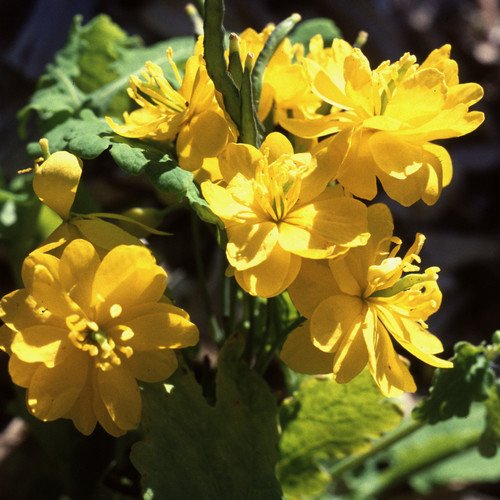
The basal ones are petiolate and sprout directly from the stem. The flowers of this plant are yellow, composed of 4 petals arranged in the shape of a cross. They are grouped in small clusters of 3 to 6 little flowers which bloom for a long time, from March to September.
The fruit is a small pod-shaped capsule that opens spontaneously. On the other hand, the seeds are small and black; They are usually dispersed by ants.
When to sow celandine?
Celandine is sown almost all year round and has a variable germination time, from 1 to 12 months. They are usually cultivated in two periods, the first during the months of February to May; the second, during the months of August to November.
In the case of growing it by division, this should be done during the month of March, although it is not recommended due to the sap that flows from the plant.
Where to plant celandine?
Celandine does well in temperate or cool climates, in cool, shady wetlands. Although it is a shade plant, it can be grown in direct sunlight or semi-shade environments.
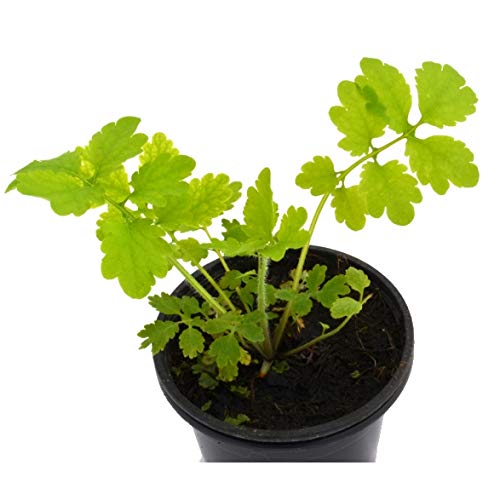
It is important to add that celandine is a highly resistant species to low temperatures. So it can be grown outdoors, or indoors, in pots. For safety, this plant should be kept out of the reach of children or pets.
How to prepare the land?
Celandine prefers to be grown in fertile, moist to moderately dry soils with a pH of 4.5 to 7.5. In fact, this plant will not grow unless the substrate has a high nitrogen content in its composition.
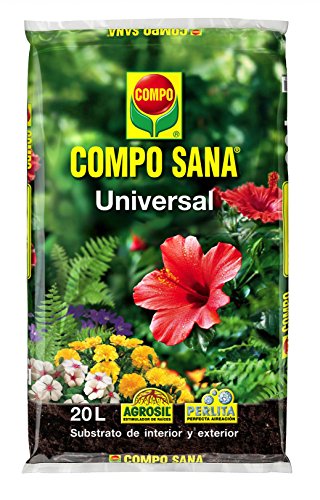
In the event that the soil does not have the above requirements, it can be improved by adding organic matter with a higher nitrogen content. Worm humus, composted manure, coffee beans, among others, can be very useful to favor the composition of the soil.
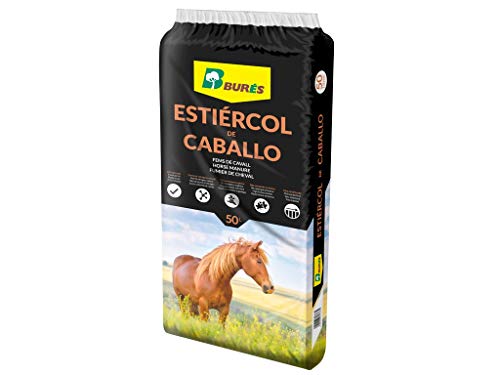
How do we water celandine?
Celandine is a species typical of humid environments and does not tolerate drought. Therefore, frequent watering is recommended to keep it healthy and provide it with the moisture it needs.
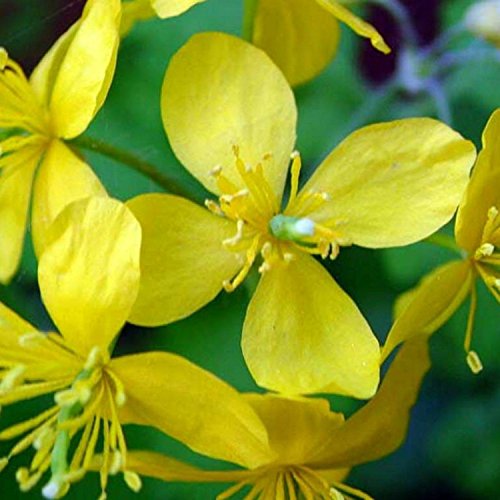
Irrigation will generally depend on the climate and the type of soil in which the plant has been established. It tends to be more frequent during the growing season and in times of heat or drought. Instead, it should be decreased during its vegetative rest.
How often do we water celandine?
In the case of celandine, it is suggested to apply frequent watering, every 1 or 2 days during spring and summer. On the other hand, it should be applied once every 5 or 6 days during the other months of the year.
How to plant a celandine step by step?
One of the easiest ways to grow celandine is through seeds. Below are the steps required to grow it.
- Put the seeds of celandine in warm water for 12 hours. This will allow them to hydrate and facilitate the germination process.
- Spread the seeds on the surface of a moistened universal substrate, either in a seedbed, or in individual pots.
- Cover them with a thin layer of substrate and moisten with a spray bottle of water.
- Place the containers in a place away from direct sunlight, at a temperature that remains around 15ºC. They can be kept outside as long as the frost season has passed.
- Wait until the seedlings have developed a couple of true leaves before exposing them to the sun or transplanting them into the ground.
What care does celandine need?
Celandine is maintenance free once established. In fact, it is a species that spreads easily and is extremely invasive as it displaces other less demanding species. Once established, it is very difficult to eradicate.
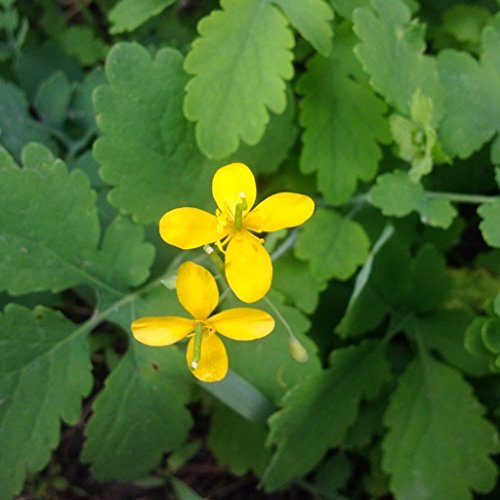
To prevent celandine from reproducing uncontrollably, it will be important to be careful about its location to prevent the seeds from scattering. Also, it is recommended to prune it during spring, when flowering begins.
As mentioned at the beginning, the entire celandine plant is toxic, especially the roots. For this reason it will be necessary to wear gloves whenever you are going to prune or reduce roots.
What pests and diseases affect celandine?
No pests or diseases deeply affecting celandine have been reported to date. This is due to the defense mechanism that it presents by secreting latex when any branch becomes billed.
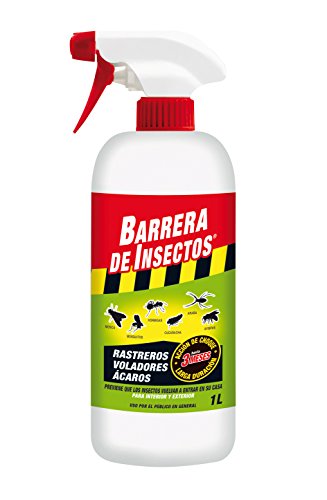
References
- http://ingenio-triana.blogspot.com/p/blog-page_9.html#celidonia
- https://www.sospraderas.eu/wp-content/uploads/2019/11/E641.pdf
- https://www.casapia.com/blog/plantas-medicinales/celidonia-chelidonium-majus-informacion.html
- https://pfaf.org/user/Plant.aspx?LatinName=Chelidonium+majus
- https://www.muyinteresante.es/naturaleza/fotos/las-plantas-mas-venenosas-del-mundo/12
- https://www.asturnatura.com/species/chelidonium-majus.html

![Photo of Boldos: [Cultivation, Irrigation, Care, Pests and Diseases]](https://www.complete-gardening.com/wp-content/uploads/2022/08/boldos-cultivation-irrigation-care-pests-and-diseases-390x220.jpg)
